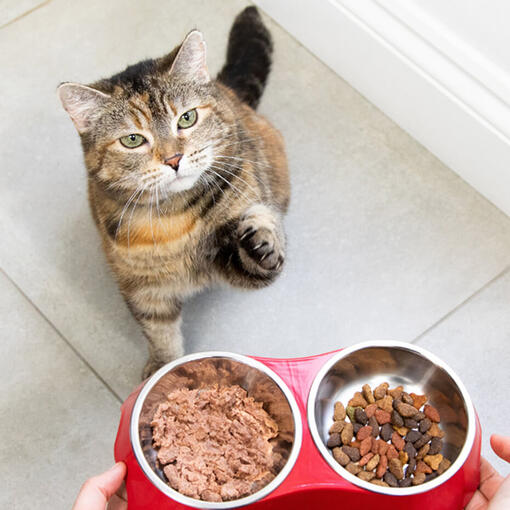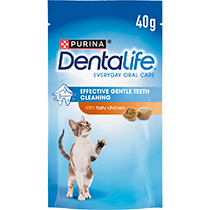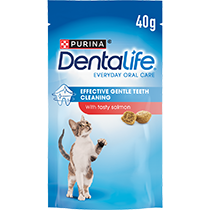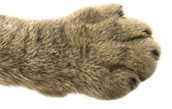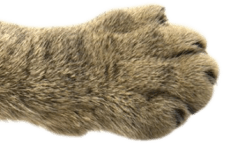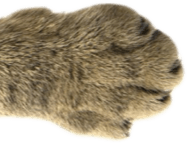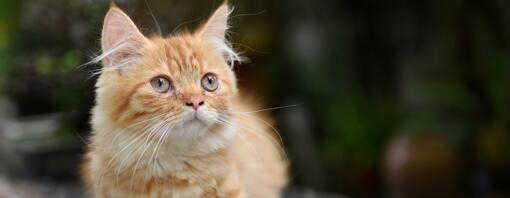
Some cats are naturally smaller than others, but unlike this natural variation in size, feline dwarfism is often associated with numerous health issues.
Dwarfism in cats is the result of a genetic disorder, and there are a few cat breeds in which this genetic disorder is selectively bred, such as the Munchkin.
What is dwarfism in cats?
Dwarfism in cats is caused by rare genetic defects which lead to the development of disproportionate and undersized mature adult cats. There are three main types of dwarfism in cats – osteochondrodysplasia, pituitary dwarfism and selective dwarfism.
Osteochondrodysplasia is a developmental abnormality of the bone and cartilage, which results in a lack of normal bone growth. Achondroplasia is one form of osteochondrodysplasia. Affected cats may have a full-size body, but disproportionately short and thick legs and a large head.
Pituitary dwarfism is caused by a deficiency of growth hormones produced by the pituitary gland. Affected cats will be slow to develop and have stunted growth.
Some breeders selectively breed for genetic abnormalities that result in dwarfism, with the Munchkin breed being the result of this selective breeding. This is a controversial topic because these cats are predisposed to a number of health issues.
You may have heard of the terms miniature or teacup cat. These cats are sometimes incorrectly classified as dwarf cats. However, miniatures and teacups, though undersized, are still cats of normal feline proportions.
Signs of dwarfism in cats
Dwarfism in cats results in a number of symptoms, which vary depending on the underlying cause. They may include:
- Larger than normal head
- Undershot jaw with a shorter nose
- Abnormal bone shape
- Poor growth or lack of growth
- Bones appear shorter than normal
- Enlarged joints
- Sideways bowing of forelimbs
- Spinal deviation to either side of the body
Do Munchkin cats have dwarfism?
The Munchkin cat is often cited to be the original dwarf cat breed and is characterised by its very short legs. The Munchkin cat does not have all the traits seen in some cats with dwarfism, so the condition observed in the Munchkin is sometimes referred to as pseudo achondroplasia.
How to diagnose dwarfism in cats
To start the process of diagnosing your cat with dwarfism, you’ll need to provide your veterinarian with a detailed medical history, including when you first noticed symptoms of growth abnormality and any information you have about your cat’s genetic background. Routine checks such as blood tests and urine samples will rule out other causes for the disorder.
X-rays of the affected limbs may be taken, which will show any abnormalities related to bone growth and structure. To confirm the diagnosis, your veterinarian may take samples of tissue to send off for further testing.
How to treat dwarfism in cats
After a diagnosis, your veterinarian may decide to correct some of the impact of feline dwarfism with surgery. However, the results of a corrective surgery do not always result in positive outcomes. Pain relievers and anti-inflammatory medications are recommended for many affected cats as bone deformities can cause pain in movement as well as secondary problems like arthritis. However, some cats with dwarfism go on to live relatively comfortable and healthy lives.
How to care for a cat with dwarfism
Feline dwarfism is a very complex and often poorly understood aspect of feline health and care. The prognosis of this condition depends on the extent of the problem. There is no definitive treatment option available for treating cats with dwarfism, and the outcome varies according to the severity of the disorder and which bones are affected. For some cats, bone dysplasia can be debilitating, whereas, for others, they can learn to compensate for the smaller limb size and reduction in mobility.
One of the possible issues to keep in mind is the increased risk of cat obesity, a common side effect of this disorder. Make sure that your cat sticks to a healthy feline diet and that you are observant of its weight and physical health. As dwarf cats have a high risk of bone and joint issues, it is sometimes advised that they are kept as indoor cats. This gives even more reason to make sure they are on a healthy diet to ensure that they stay slim. Keeping them mentally stimulated is also important to reduce the risk of boredom and behavioural problems.
Due to this being a condition of the bones, the chance of developing cat arthritis is higher as your cat ages. If your veterinarian does recommend pain medications, be sure to follow your veterinarian’s advice and stick to the instructions.
Each cat has their own set of unique traits, which is what makes them endearing and special family members. Dwarf cats and kittens may appear even cuter than most, with their short legs and unique physique. However, cat owners need to be aware of the negative impact selective breeding may have had on the health and mobility of dwarf cats. They must also be prepared for the consequences of these traits and the treatments that come with them.
Now that you know how to look for dwarfism in cats, take a look at understanding your cat’s psychology.

